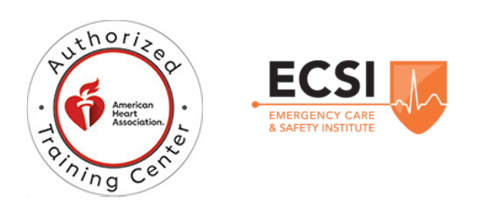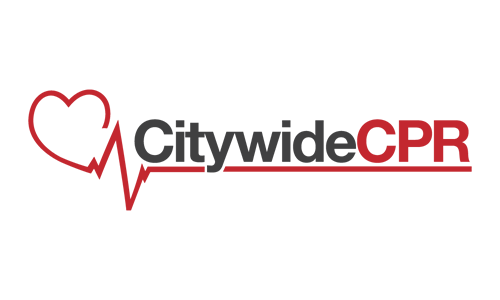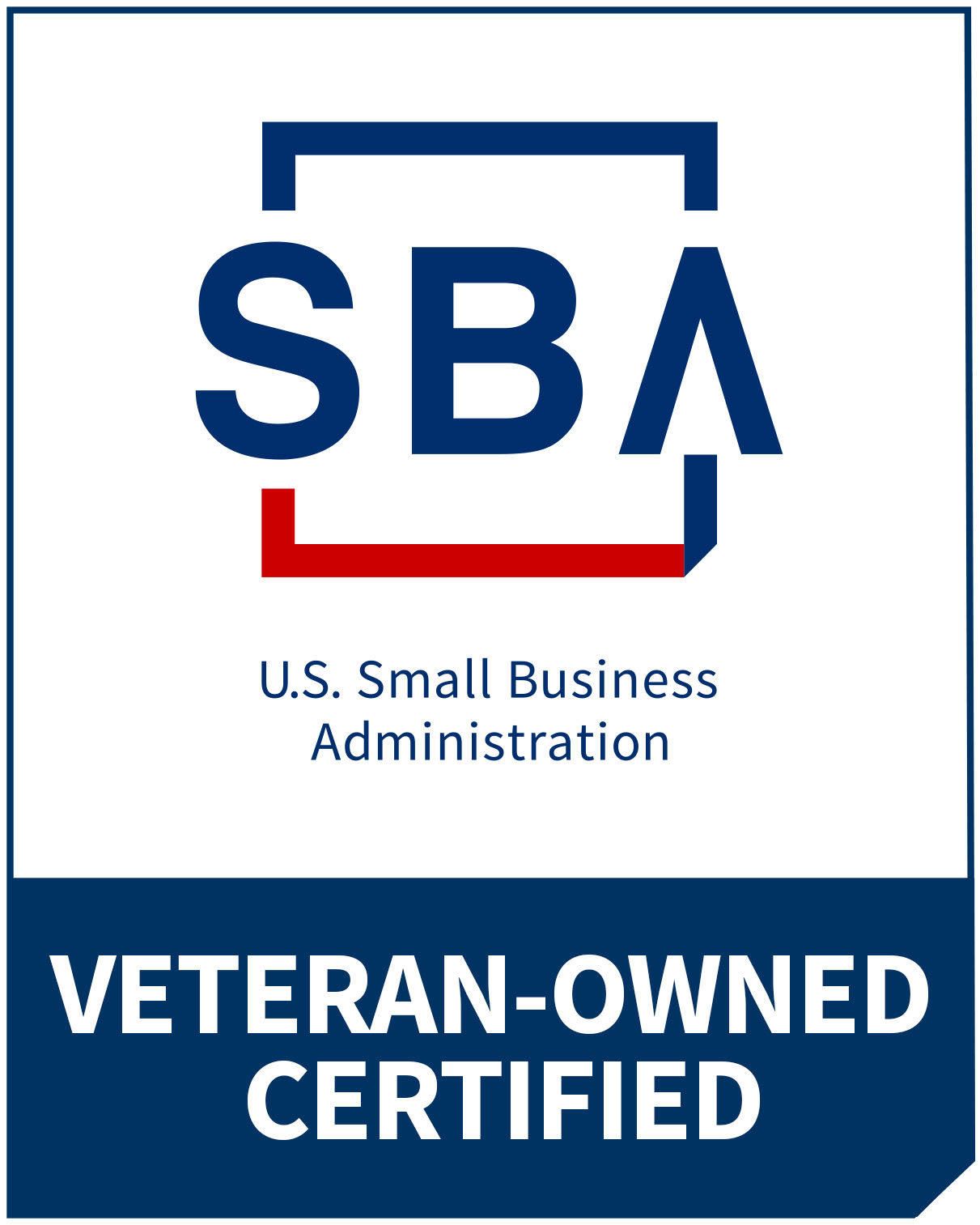Witnessing a person who suddenly experiences cardiac arrest is very unfortunate. Some people do not know how to respond to this situation because they lack the skill to provide cardiopulmonary resuscitation (CPR). This definitely calls for the need to learn how to perform CPR properly. Of course, CPR can save a person’s life and she/he would be forever grateful if you have successfully done that part. Since saving one’s life is a great responsibility, you need to have the best CPR training school.
Based on research, the techniques in first aid and CPR may vary depending on the age of the person. CPR is most commonly done to an infant, a child, or an adult. Hence, it is wise to invest your time in a CPR training school that can expose you to such different age groups. Aside from this, you will also need to have proper training on how to use an Automatic External Defibrillator (AED). In case the pulse of the patient slowly going flat, the last option is to use an AED to revive the pulse.
In between life and death situation, a person’s heart may stop for a second. Although clinically dead, you still have approximately ten minutes to revive the person through CPR. Based on a study, each minute that the body goes without heartbeat the chance to recover is decreased by around ten percent. So, it is indeed crucial to learn how to properly perform CPR. This can increase the chances of recovery for the person whose heart stopped from beating. Keep in mind that oxygen is the most vital element in the human body, so you must know how to properly give Oxygen to another body. That can be done through CPR and of course, by enrolling in an excellent CPR training school.
Good thing Citywide CPR offers quality training that can also prepare you for the certification exam required by the state. The company is located in Chicago and has a lot branch office state-wide. For more than two decades, Citywide maintains to be accredited by the American Heart Association which means that the company has been consistent in building healthier lives and free from any heart disease. Apart from CPR training, the company also has a wide variety of healthcare training services, such as BLS, ACLS, PALS, First Aid, AED, and OSHA Training.
With Citywide, you can also choose between onsite training and online CPR courses. The coursework starts from basic life support to advanced life support CPR training. For people who want to take Online CPR courses, Citywide offers a combination of web-based learning and hands on practice classes. These classes are handled by one of the experienced American Heart Association instructors. Most people prefer to have an online learning experience because it is convenient and flexible. With Citywide CPR training, you can enjoy such benefits coupled with a nationally recognized approach that can help you in your CPR certification.
If you are interested in CPR training, please take a look to check out website.





